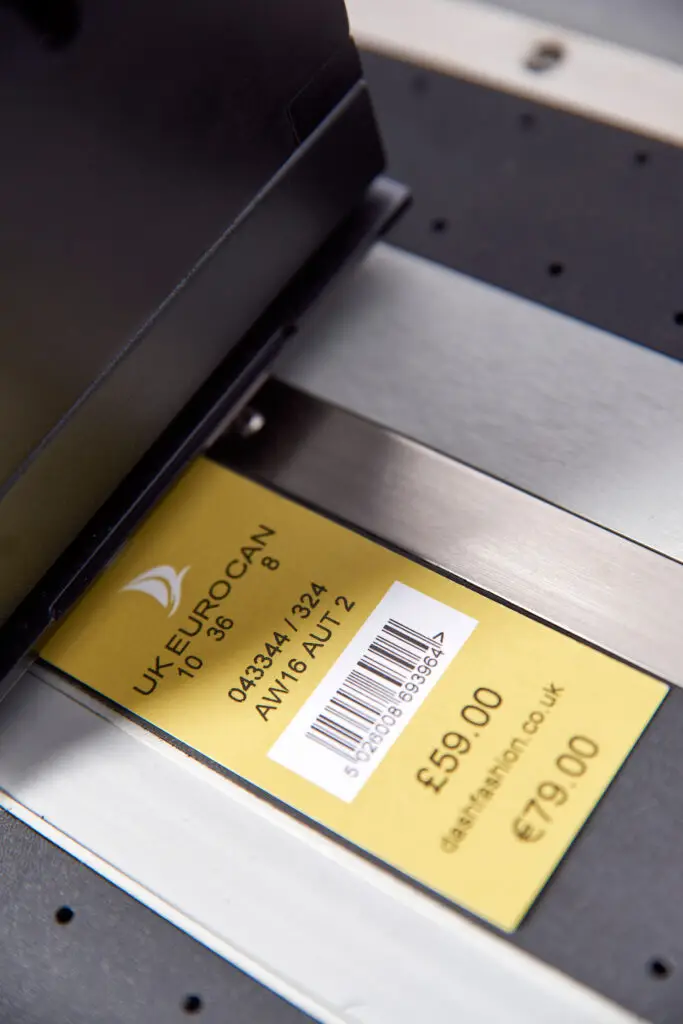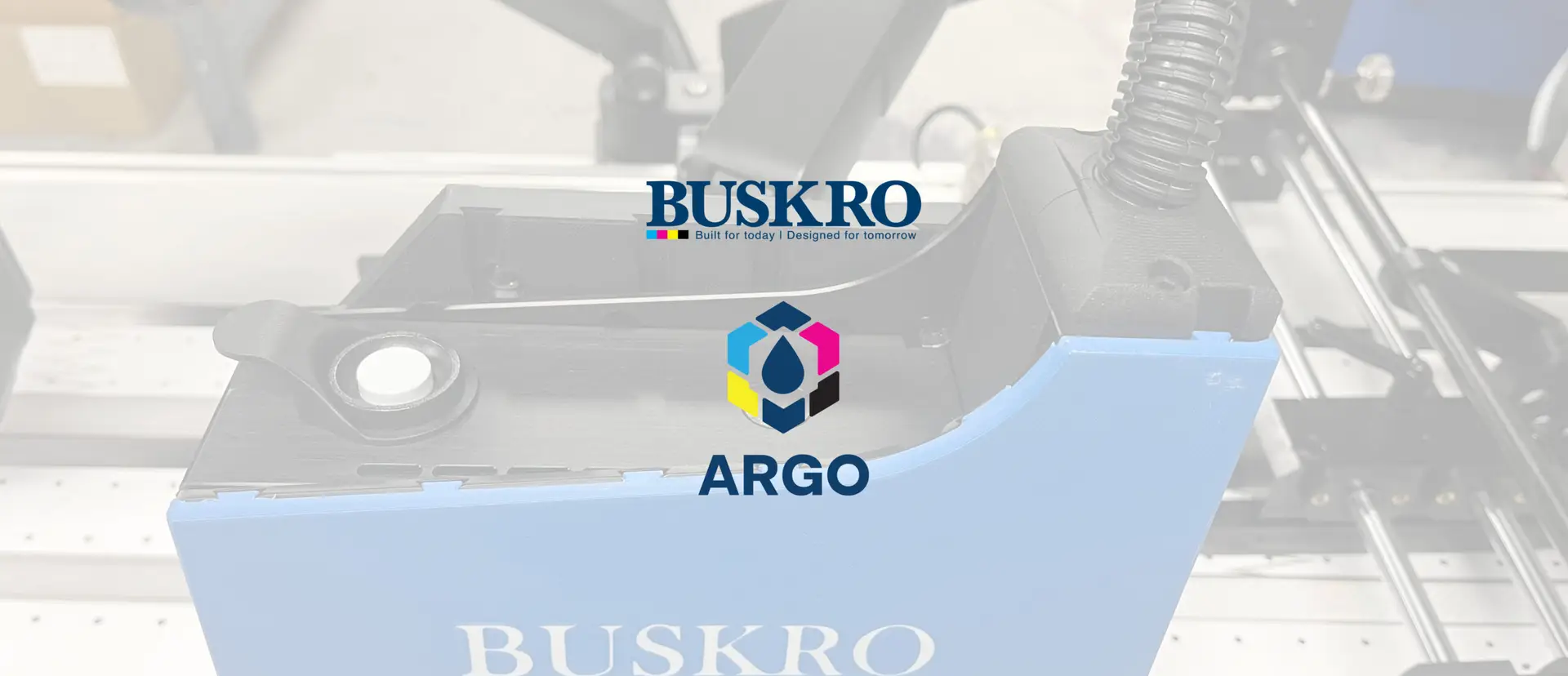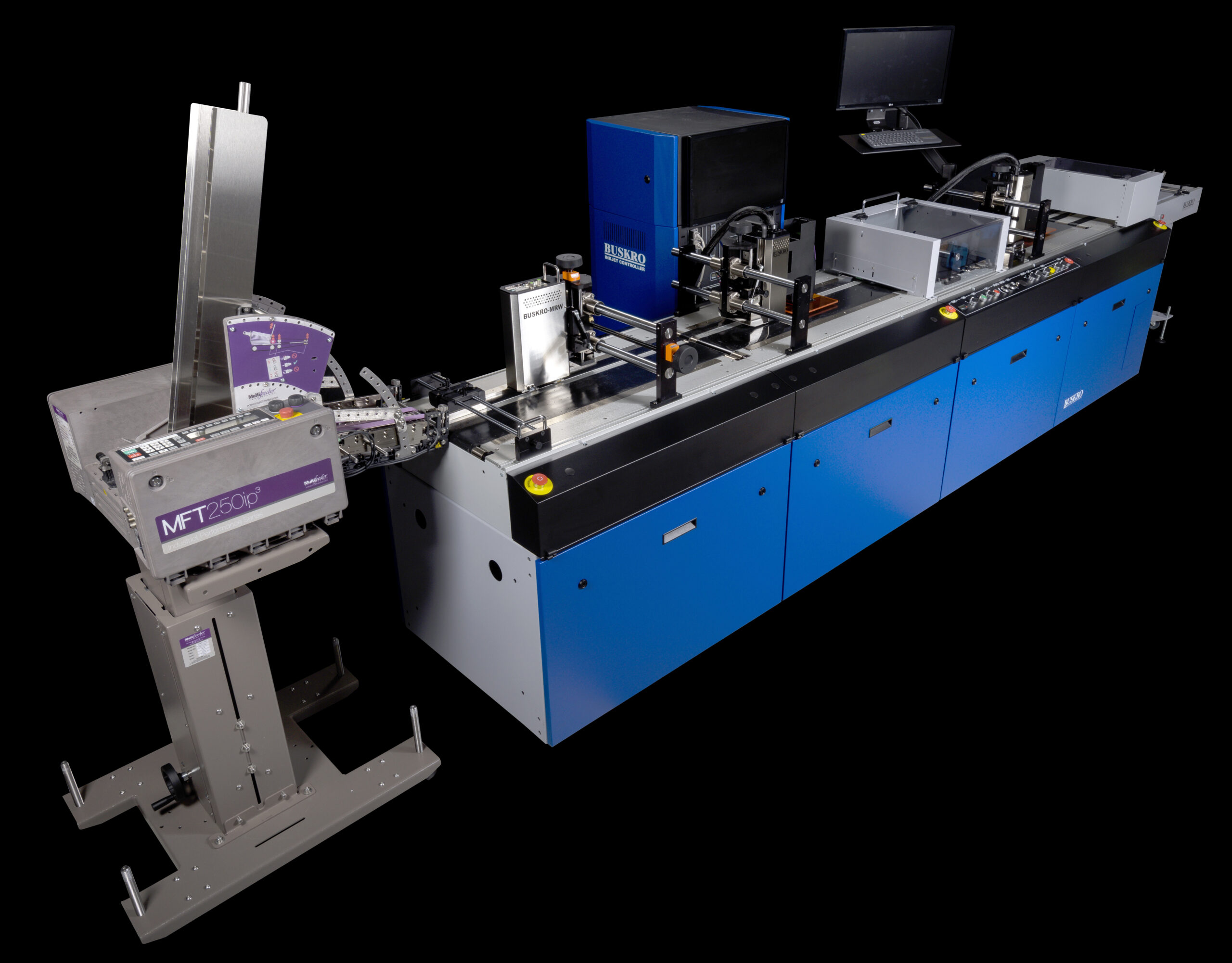Beyond the Barcode: Packaging’s Hidden ROI with Inline RFID Encoding
As supply chains become more complex and demands for transparency increase, manufacturers and brand owners are re-evaluating how data travels with their products. Enter RFID—not as an afterthought, but as an intelligent layer embedded directly at the print-and-apply stage.
Once confined to logistics pallets and high-value inventory, RFID is now becoming a standard feature in item-level packaging, especially in industries like retail, healthcare, and automotive. But what many operations have yet to consider is this: when and where you apply RFID has as much impact as the technology itself.
Inline RFID: Not Just for Compliance Anymore
For many, the push toward RFID started as a response to mandates—Walmart, the DoD, or industry-specific serialization laws. But beyond compliance, forward-thinking companies are embedding RFID into their packaging lines early—right at the printer or labeler.
Why? Because waiting until products are boxed, palletized, or shipped means:
- Greater risk of read errors
- More touchpoints for label application and verification
- Increased labor for rework if encoding fails
Inline RFID encoding, combined with immediate print verification, helps eliminate these failure points before they become costly.
Speed Isn’t the Problem—Timing Is
You might wonder: doesn’t RFID slow things down? Not really.
Internal testing using MIFARE 1K RFID chips under simulated production conditions revealed just how fast RFID read/write processes can be:
| Operation | Typical Time Range |
|---|---|
| Read UID | 16–49 ms |
| Read 1 Block (16 bytes) | 31–49 ms |
| Write 1 Block (16 bytes) | 16–52 ms |
| Write Full Chip (1K, 16 Sectors) | 330–380 ms |
These tests were run using a feeder-controlled inline setup, reflecting real-world use cases in digital printing and labeling lines.
What’s important to understand is that the bottleneck isn’t the chip itself—it’s the acceleration and deceleration of the product under the reader/encoder. When RFID systems are properly synchronized with transport mechanics, encoding happens with minimal impact to throughput.
Unlocking New Value from Existing Print Infrastructure
What’s often overlooked is how easily RFID can integrate with existing digital inkjet platforms—especially in modular systems designed for custom configurations. But while encoding a tag is relatively straightforward, the real magic lies in how your software manages the data.
With tools like Compose IQ, users can do more than just trigger print and encode functions:
- Centralized barcode and QR code creation
Compose IQ acts as a digital repository, allowing users to generate, store, and version-control all barcodes and QR codes tied to specific SKUs or packaging runs. - Dynamic variable data management
Whether printing unique identifiers, serial numbers, or RFID-linked codes, Compose IQ synchronizes the print image with the data being encoded—ensuring every item is traceable and accurate. - Real-time job control and reprint management
If a product fails encoding or print verification, Compose IQ automatically reorders the item within the job batch—minimizing waste and maintaining workflow continuity. - Audit trails and compliance reports
Because data is centrally managed, Compose IQ can produce comprehensive logs that show exactly which items were encoded, when, and with what content—critical for regulated industries.
By treating RFID and barcode printing as an integrated digital ecosystem, you’re no longer just marking a package—you’re embedding intelligence into every product that passes through your line.
Want to See Your Numbers?
Every production environment is different. Whether you’re working with cartons, labels, or cards, the right RFID setup depends on your speed, materials, and data demands. Schedule a Free RFID Integration Consult with Buskro!
Contact Us



